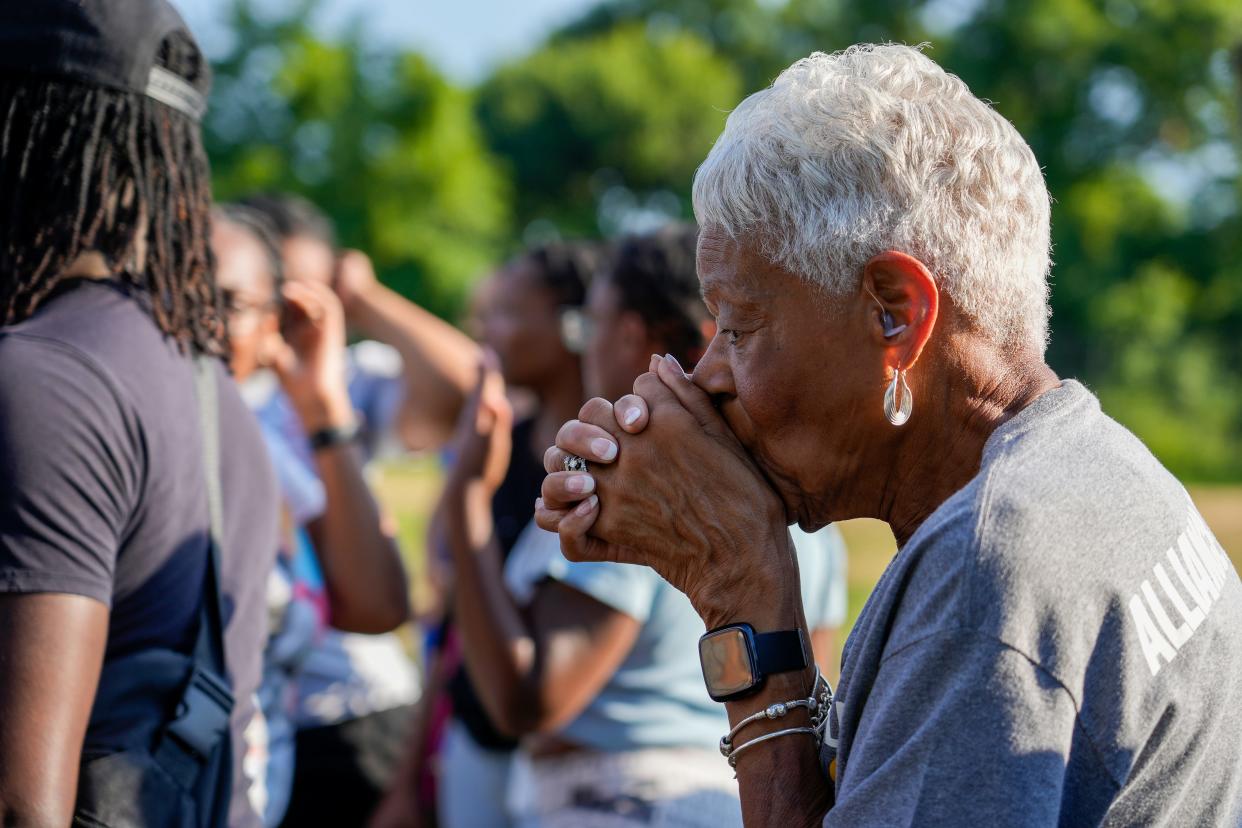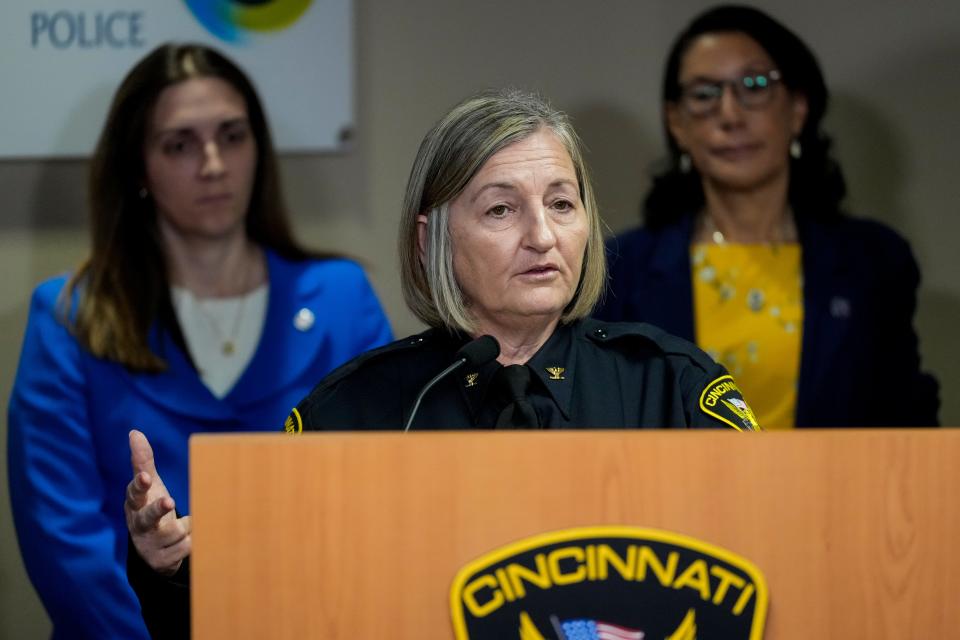From the editor: Enquirer strives for depth, context in crime coverage

Crime stories have been a staple of news reporting since the early days of newspapering.
The first edition of The Cincinnati Enquirer, published April 10, 1841, included a short dispatch about the death of a boy whose body was found floating in a canal.
“We find that the deceased came to its death by drowning, being thrown into the canal by some person unknown,” read a quote from the coroner in a Page 3 story.
More than 180 years later, crime coverage remains ubiquitous, no matter where you get your news. At The Enquirer, we’ve implemented over the past few years a more thoughtful – and I believe more responsible – approach to how we report on criminal activity that threatens our safety and well-being. Here are some highlights.
A higher threshold
One of the inherent problems with crime coverage is that an over-reliance on the police scanner paints an inaccurate picture of our community, especially in poor neighborhoods where news crews tend to show up only when there is a shooting. To achieve more balance in our coverage, we’ve shifted away from quick-turn, shallowly reported crime stories. Fatal shootings meet the threshold for what we call “daily” coverage, but in place of “the shooting du jour” we now strive for reporting that provides more depth and context.
Here’s an example.
Local news outlets, including The Enquirer, have reported extensively on the notable uptick in drive-by shootings this summer. In one of the more heartbreaking cases, 9-year-old Da'Myiah Barton-Pickens was killed by a single bullet wound after a spray of shots was fired into her Silverton home earlier this month.
Read more: 5 drive-by shootings in 3 weeks. Here's what the data shows
In an exclusive, data-driven report by Cameron Knight, Enquirer readers learned that despite the five reported drive-by shootings that have occurred over the past three weeks, homicides in Cincinnati are at their lowest levels since 2018. The numbers point to an alarming trend, however. As previously reported by The Enquirer, teens are still being shot at record levels. So far this year, 31 juveniles have been shot, more than triple the number at the same time last year.
Enquirer Special Report: More teens are facing murder charges. How it came to this
This context matters. It moves our crime reporting beyond what’s merely sensational to informative – and hopefully actionable as our community looks for answers.
A focus on solutions
In June, Mayor Aftab Pureval and other officials held a news conference to announce plans to increase police presence this summer by paying overtime and funding additional recruit classes to offset the city’s shortage of police officers. Solution-oriented reports like this are now a key part of our approach to crime coverage. It’s one of the many ways we serve the community by holding our elected leaders accountable.

A word about mugshots
Another recent change in our crime reporting standards is to only publish police booking photos, often called “mugshots,” for serious crimes, such as murder or sexual assault, or in cases where suspects are at-large and considered dangerous. In the past, these photos were published with little consistency or thought. Some news outlets, including The Enquirer, would routinely publish mugshot photo galleries online that frankly were less about journalism and more about voyeurism. Our rule of thumb: If the crime is serious enough that we plan to cover the case from arrest to trial, then we’ll consider using a booking photo.
As always, I appreciate your comments and questions as we continue to improve our coverage on crime and public safety.
Enquirer Executive Editor Beryl Love writes a biweekly column that takes you behind the scenes at The Enquirer. Occasionally, he shares his thoughts on local issues, particularly as they pertain to a free press and open government. Email him at blove@enquirer.com. He can’t respond personally to every email, but he reads them all.
This article originally appeared on Cincinnati Enquirer: Editor Beryl Love: Enquirer strives for context in crime coverage

